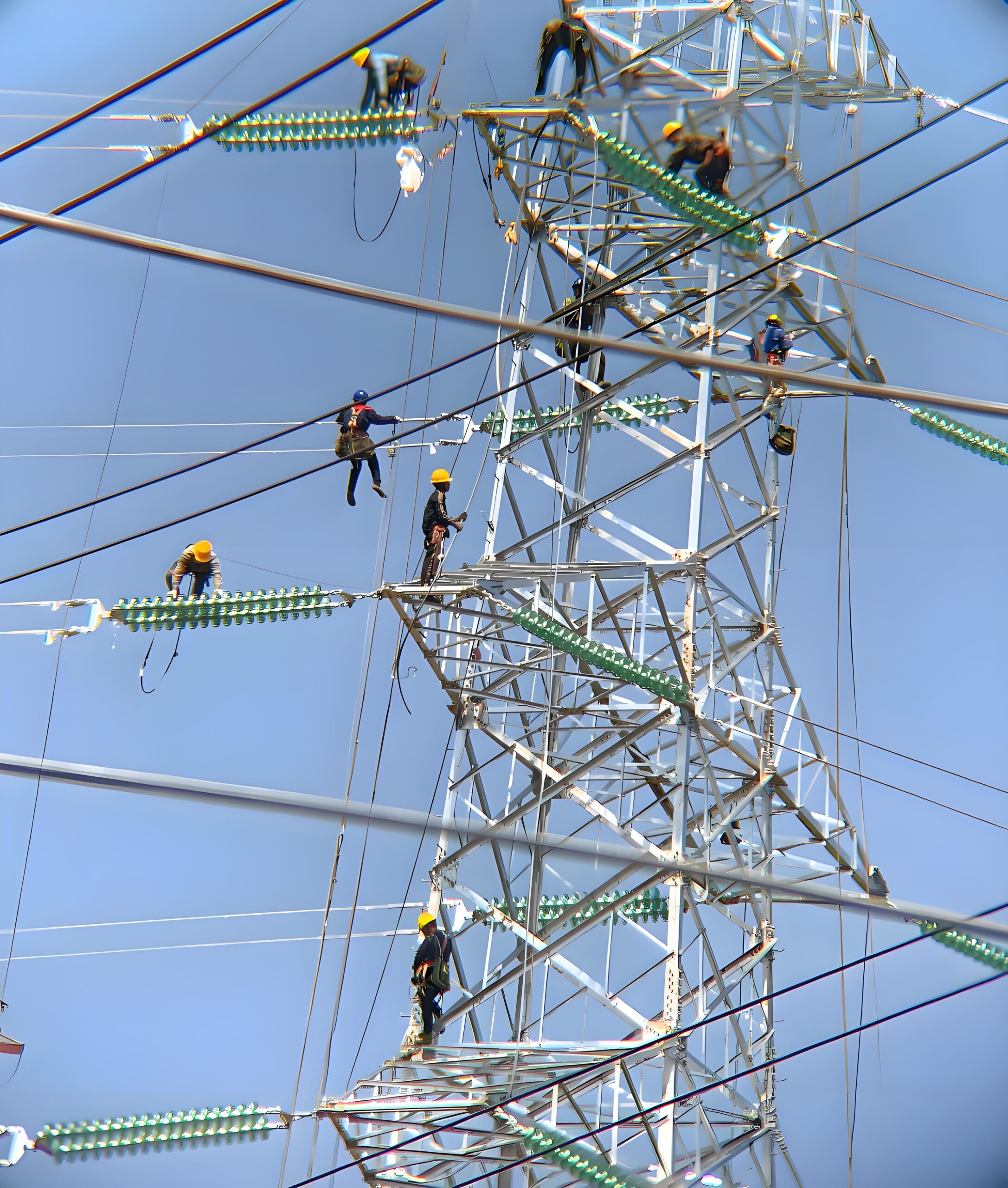Introduction: The Stakes of Construction Safety
Construction sites are inherently dangerous environments, where even minor oversights can lead to severe accidents or fatalities. Despite advances in equipment and safety protocols, global and domestic construction accident rates remain alarmingly high. In response to these ongoing challenges, the industry is increasingly turning to smart technology to enhance safety practices. One of the most promising innovations is the use of IoT wearables device for construction monitoring. These tools offer real-time insights and proactive risk mitigation, transforming how we approach construction site safety.
Table of contents
- Introduction: The Stakes of Construction Safety
- What Are IoT Wearables Device for Construction Monitoring?
- How IoT Wearables Improve Construction Site Safety
- Data-Driven Safety: How Construction Monitoring Is Becoming Smarter
- Implementation Considerations: What You Need for a Smart Construction Site
- Conclusion: Building a Safer Future with Wearable Tech
- FAQs about IoT Wearables and Smart Construction Sites
What Are IoT Wearables Device for Construction Monitoring?
IoT wearables device are smart accessories worn by workers to monitor their physical condition and surrounding environment. Common examples include smart helmets that detect impact, smart vests with GPS trackers, and wristbands that monitor heart rate and body temperature. These devices are typically connected to a cloud platform or edge computing system, enabling real-time data transmission and alerts.
Unlike traditional safety measures that rely on manual oversight and reactive responses, IoT wearables continuously collect and analyze data. They offer a proactive approach by identifying hazards before they escalate into incidents. Through sensors and connectivity, these devices create a digital safety net that supports both workers and site managers.
How IoT Wearables Improve Construction Site Safety
IoT wearables enhance construction site safety in several key ways:
- Real-time positioning: Workers’ locations are constantly monitored to prevent unauthorized entry into hazardous zones. Geo-fencing technology sends instant alerts if someone breaches a restricted area.
- Posture detection and fall alerts: Sensors in helmets or belts detect abnormal body movements or falls, triggering immediate alarms and notifying supervisors for quick action.
- Environmental monitoring: IoT devices track the presence of toxic gases, extreme temperatures, or high noise levels. Early detection enables timely evacuation or intervention.
- Fatigue management: Wearables can measure biometric signals such as heart rate variability and skin temperature, helping to identify fatigue or dehydration before they impair performance.
- Remote supervision: Project managers can monitor the entire site in real time through dashboards that aggregate wearable data, reducing the need for constant physical presence.
These capabilities not only reduce the risk of accidents but also improve operational efficiency by ensuring compliance and readiness.

Data-Driven Safety: How Construction Monitoring Is Becoming Smarter
Construction safety is shifting from a reactive to a proactive model. Historically, safety measures were enacted after incidents occurred. Today, with the advent of IoT wearable devices, construction monitoring is becoming more intelligent and anticipatory.
By collecting vast amounts of data from various sensors, these devices enable predictive analytics. Site managers can identify patterns or trends that often precede incidents, such as increased fatigue levels during night shifts or frequent entries into restricted areas. Moreover, when integrated with AI or digital twin systems, IoT data can simulate real-time construction scenarios and assess potential risks before work begins.
This evolution toward data-driven safety empowers companies to make informed decisions, optimize workflows, and prevent accidents before they happen.
Implementation Considerations: What You Need for a Smart Construction Site
To successfully implement IoT wearable solutions, several factors must be considered:
- Hardware selection: Choose devices that are durable, user-friendly, and compatible with your site environment. Features like battery life, sensor accuracy, and comfort significantly impact usability.
- Network infrastructure: A reliable network is essential. Depending on site size and location, options like Wi-Fi, LoRa, or 5G may be more suitable. Each has its advantages in terms of range, bandwidth, and cost.
- Data security and privacy: Protecting worker data is crucial. Ensure that wearable devices and their platforms comply with data protection regulations and offer encrypted data transmission.
- Training and user engagement: Effective use of IoT wearables depends on worker buy-in. Conduct training sessions, explain the benefits clearly, and encourage feedback to improve adoption.
These considerations ensure a smoother transition toward a safer, smarter construction environment.
Conclusion: Building a Safer Future with Wearable Tech
IoT wearable devices are quietly revolutionizing construction safety by acting as the silent guardians of modern jobsites. Their ability to provide real-time insights, detect anomalies, and support swift responses is invaluable. These tools shift the paradigm from reactive crisis management to proactive risk prevention.
As construction projects become more complex, adopting smart safety systems isn’t just a luxury—it’s a necessity. By embracing IoT wearable technology, the construction industry can protect its workforce more effectively, streamline operations, and build a safer, more resilient future for all.
FAQs about IoT Wearables and Smart Construction Sites
Yes, modern IoT wearables are designed for comfort and minimal interference with daily tasks. Most are lightweight and ergonomically designed.
Some wearables offer local data storage and sync later when a network is available. Additionally, low-power wide-area networks like LoRa can operate in low-signal areas.
While usage may vary, most devices are optimized for long battery life and low maintenance. Scheduled charging and occasional firmware updates are usually sufficient.
Reputable IoT platforms use robust encryption and security protocols. However, implementing access controls and regular audits is essential.
Absolutely. Even smaller sites can benefit from affordable, scalable IoT solutions. Wearables can be tailored to suit any project size.
